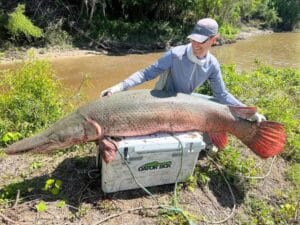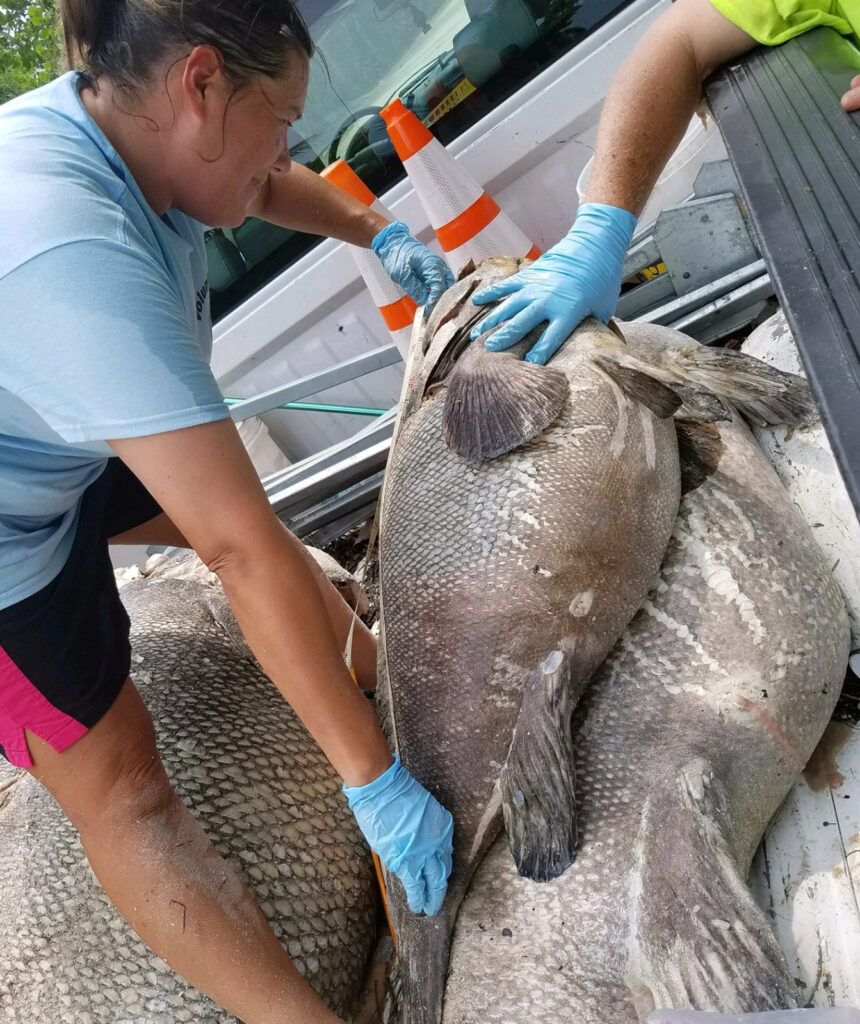
I watched a National Geographic documentary recently on the African savanna, highlighting the typical predator-prey encounters that the landscape is famous for. A wildebeest was at a watering hole and, predictably, its day was ruined by a pack of gnarly hyenas. I always felt sorry for the big beasts as they tried to fend off attacks from every quadrant. Sometimes the beasts get away, but many at least suffer wounds that eventually finish them off.
Which reminds me of the current state of Florida waterways, besieged by repeated thrashings from a pack of hyenas, in the form of ancient and inadequate sewer infrastructure, failing septic systems close to the water, heavy residential and corporate agriculture fertilizer runoff, stormwater runoff, freshwater herbicides and more. That’s a formidable, destructive pack of attackers.
And it’s all happening at once. The causes and consequences have been relatively ignored for years, and if these attacks do not stir panic in the hearts of Floridians who fish, boat, love the water, or care about their health — maybe they’re not paying attention.
The Real Culprit
Lack of political will and urgency — plus inadequate funding — is at the heart of the failures. It’s too easy to chalk it up to too many new residents coming in or too many tourists. The reality is Florida’s office-holders at every level, and the agencies they oversee, are stuck in a time warp. They seem to think you can still use 1950s technology and approaches that worked for a 1950s population, and somehow protect the resource that is suffering much greater pressure today.
Not to mention that development permitting is way too easy in the Sunshine State. If you fish in Florida, you’ve likely seen the bumper sticker that reads “Leaving Florida? Take a developer with you.” That attitude likely sprung from the over-development of the woods, freshwater springs, lakes and salt waters that long-time Floridians consider “True Florida.” And True Florida is rapidly disappearing.
Sewer, Septic and Stormwater Pollution
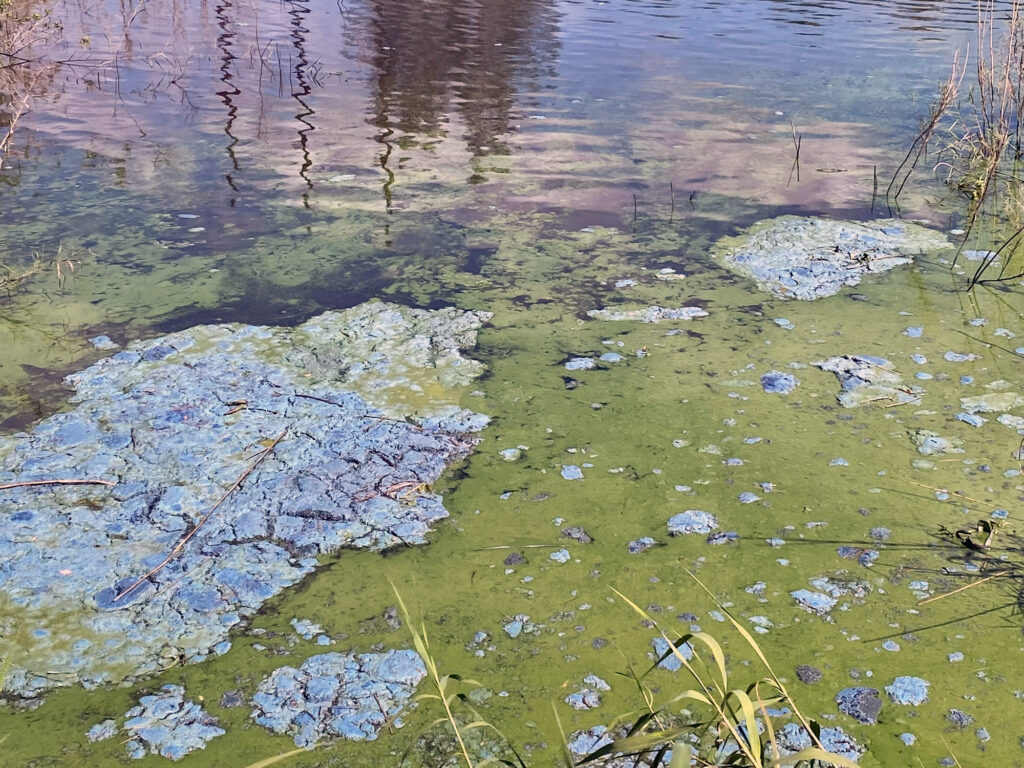
The Everglades water crisis — and efforts to restore the natural system — is the center of attention (even internationally) for good reason. But that’s just one part of the massive Florida water problem — local point-source pollution throughout Florida is worsening rapidly.
Florida’s sewage infrastructure is ancient (as old as 80 years) and simply inadequate in places, where development is off the chain and natural habitat loss is shocking. Aside from age, performance of sewers is inhibited by Florida’s heavy rain, and of course, tropical storms. The regular rainfall and common deluges basically guarantee major spills. Sewage lift stations without generators shut down. Untreated sewage backs up and overflows, usually through simple manhole covers. It all ends up in our favorite waterways where we swim, fish and boat. Many expect rising sea level to exacerbate this problem.
Heavy and repeated nutrient (nitrogen and phosphorus) loading from septic leeching and large-scale sewage system spills fuel the harmful algal blooms (HABs) that cloud both fresh and coastal salt waters, shutting out sunlight that is vital to seagrass health. And all of Florida’s marine fish and other organisms depend on seagrass, and to a lesser extent, oysters and other shellfish. Not to mention sky-rocketing fecal bacteria levels that make people ill, and often prompt no-contact health warnings on the water.
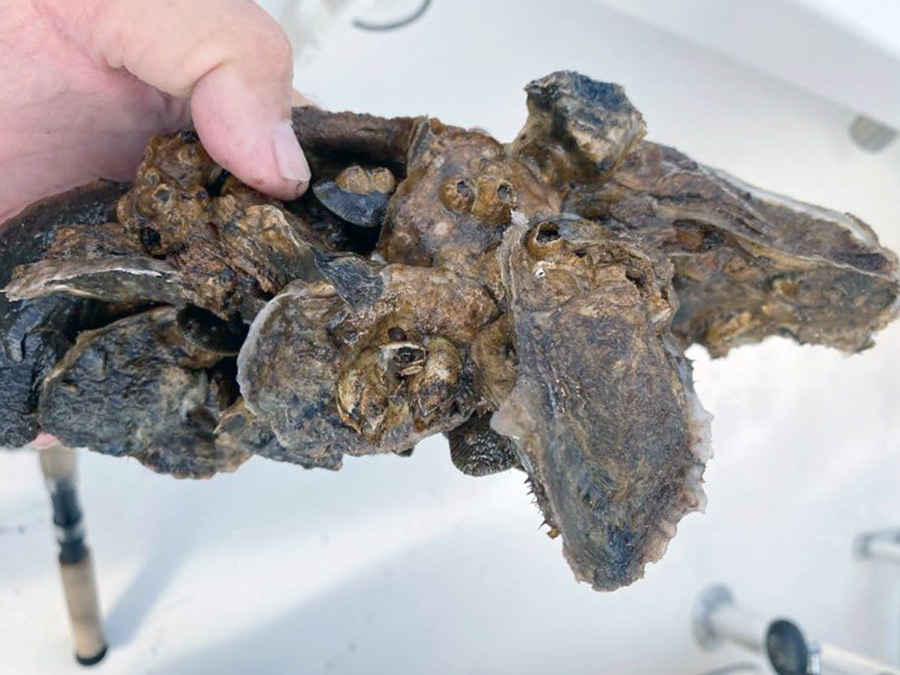
Perfect examples of nutrient hotspots on the Atlantic coast include the upper St. John’s River, the entire 156-mile-long Indian River Lagoon, the St. Lucie estuary, Lake Worth Lagoon, and Broward and Dade county’s heavily urbanized waterways. On the Gulf coast, the west central region accounted for over half of all spills from 2009 to 2020. Southwest Florida accounted for over 15 percent. In contrast, the Space Coast on the Atlantic side accounted for 25 percent of all sewage spills. Not surprisingly, the heaviest population density regions fared the worst.
Sewage spills get the most media attention, and are more shocking to see than the continuous polluting inflows of stormwater. Florida’s copious annual rainfall used to seep into the ground surface and into Florida’s “honeycomb” aquifer. Now, rooftops, streets, parking lots and other impervious, developed surfaces prevent much of this. There is instead a quick shunting of this rainfall, and the pollutants it picks up, directly into lakes, rivers and coastal bays, in most cases, without any degree of treatment.
Everglades Restoration Sputters Along
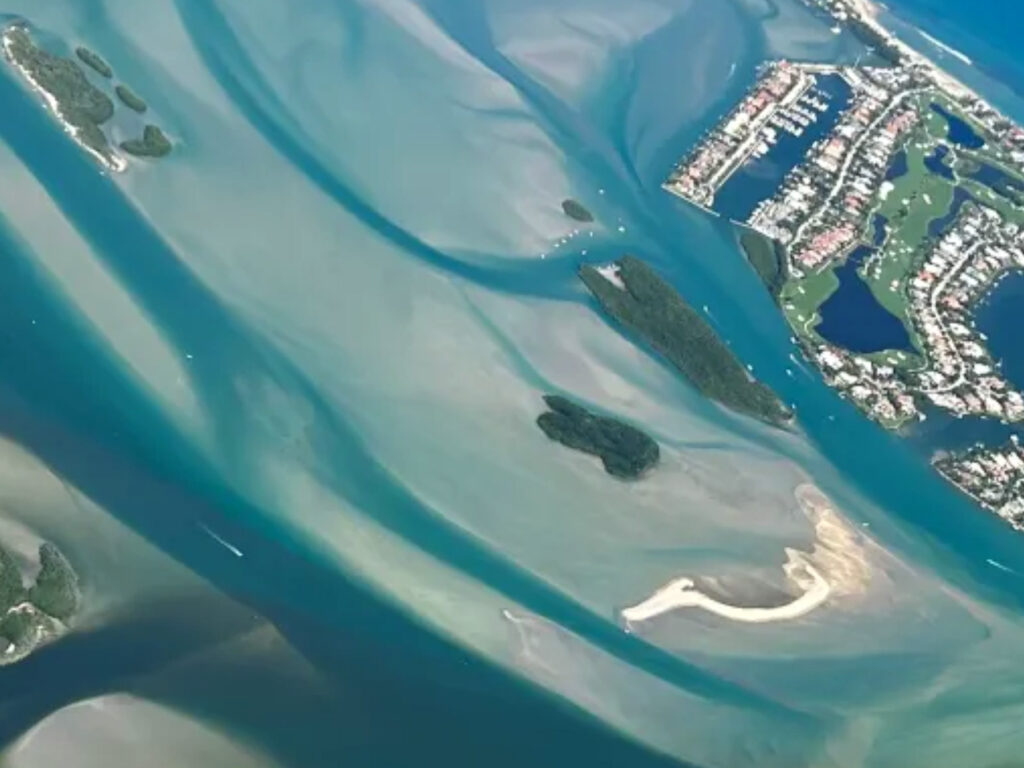
Long before Florida saw today’s rampant development and sprawl, early settlers envisioned making a “worthless swamp” a money-making landscape. They blindly drained the wetlands of South Florida which was ruinous for the natural water flow that once trickled over land and in the porous ground year-round from today’s Orlando region to Florida Bay in Everglades National Park. Three major roadblocks interrupted the natural flow of the River of Grass:
- 1) Herbert Hoover Dike (which today is essentially a hardened dam)
- 2 and 3) Alligator Alley and Tamiami Trail cross-state highways that intersect the southern Everglades
The highways greatly impede the wet season bounty of fresh water which naturally spilled over the southern rim of the Lake Okeechobee. In time, the lands were drained by canals to accommodate corporate agricultural operations, mainly sugar growing and some row crops which needed drier fields in summer and fall, and ample irrigation during winter drought.
There is no arguing that man could not have established farms in a worse place. What we have now is a largely artificial system that is ecologically disastrous.
In the 1950s, the agriculture industry grew with dairy farms, cattle ranches and citrus groves. Unfiltered and unmonitored, nutrient runoff from these farms caused eutrophication of Lake Okeechobee. Increased phosphorus levels fed cyanobacterial blooms, also known as blue-green algae, on Lake Okeechobee. The harmful blooms and sediments flowed unimpeded to outlet valves such as the St. Lucie River to the Atlantic and the Caloosahatchee River to the Gulf. Florida basically destroyed three estuaries, and the dependent coastal economies, to support an agriculture industry that belongs elsewhere. (Note: Florida sugar is subsidized.)
The big hope in 2000 was the signing of the Comprehensive Everglades Restoration Plan (CERP) by the Clinton administration, a complex suite of 65 water projects designed to right the Everglades ship, to basically restore the natural hydrology of the vast wetland. It was to take 20 years, with costs shared by the federal government and the State of Florida.
CERP is in year 24 with less than 10 percent of the work completed. A vast reservoir and stormwater treatment area (STA) is finally under construction south of Lake Okeechobee. It will supposedly take 20 percent of the polluted water from Lake Okeechobee that currently trashes the coastal rivers. Its size was shrunk by over 70 percent during land-acquisition negotiations — the state of Florida failed to find enough willing landowners to sell for the project footprint. The water-holding area might be completed and operational by 2035 if there’s enough money allocated in each budget year.
Take Real Action
Too many Floridians are not especially enamored with the outdoors, and too many seasonal visitors seem to accept the declining natural resources because, well, at least it’s not snowing outside. All anglers and outdoorsmen should engage with those who are paid by state and federal taxes to fix this mess.
Too few realize they can speak their displeasure directly to Florida’s branch of the U.S. Army Corps of Engineers, the state’s handful of water management districts (St. Johns, Southwest and South Florida), the governor, senators and representatives, county commissioners, mayors — all of them. You can even take part with public comment on those monthly water district meetings. Hate to say it, but anglers are too often missing from the discourse. Same goes for the recreational fishing tackle companies, boat-makers and tourism businesses who stand to lose their shirts if this continues.
Responsibility Starts at Home
In the case of point-source pollution, you can change a few things you might be doing at home. Do you fertilize your yard and landscape? Consider stopping altogether, or at the least, choose low-nutrient products. Slow release, too. And never apply fertilizer, herbicides and fungicides during the wet season. It all ends up in the storm drains and public waterways. Floridians are increasingly eliminating turf grass, replacing it with native ground covers and plants. It’s a great move to make.
Don’t blow turf grass clippings onto streets where they end up washing into storm with the next heavy rain. They decompose and add phosphorus to lakes and streams, plus cause algal blooms in summer.
If you live where there’s sewage infrastructure, and you still have a septic tank, consider hooking up to sewer. There are cost help programs in some municipalities and communities. Conversion to sewage is finally gaining traction. Be part of the solution. At the least, keep your septic system in good working order.
Speaking of flushing, please never dispose of outdated or extra pharmaceuticals that your doctor prescribed. Researchers are finding massive amounts of human drugs in our fish and other wildlife. Some of the compounds do enter the waterways through human urine, but flushing old pills can and should be stopped.
About the Author: Mike Conner is a lifelong Florida fisherman, specializing in fly and light tackle angling. He has worked as a guide in South Florida, as a staff editor at magazines such as Florida Sportsman and Shallow Water Angler, and as executive director of the Indian Riverkeeper.




